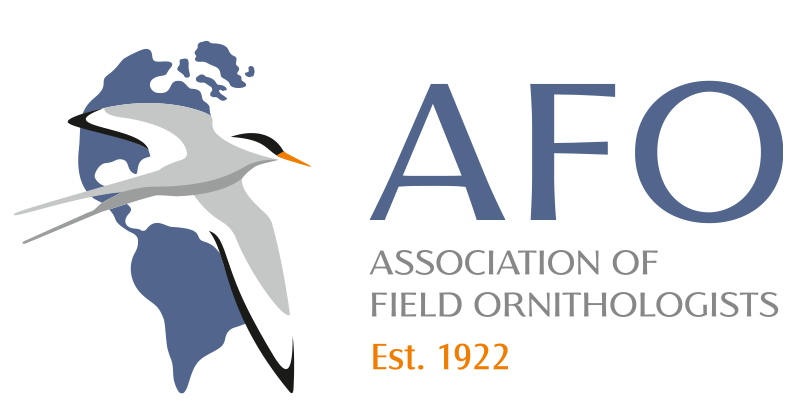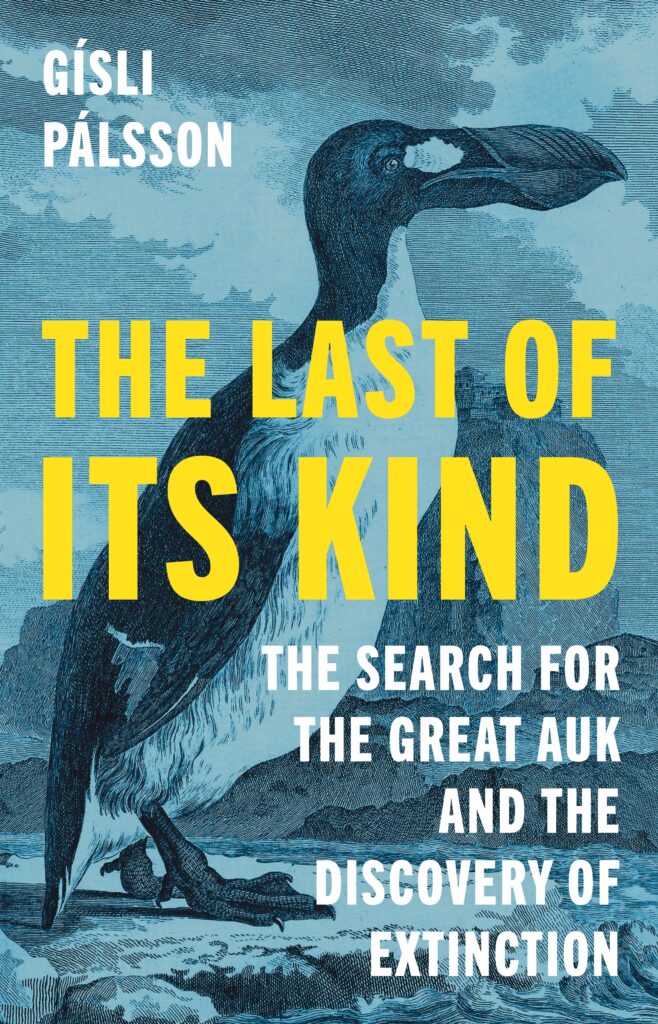https://press.princeton.edu/books/hardcover/9780691230986/the-last-of-its-kind Gísli Pálsson. 2024. Princeton University Press, Princeton, NJ and Oxford, GB. ISBN 978-0-691-23098-6 Hardcover ($27.95 USD), ISBN 978-0-690-23099-3 E-book ($19.57 USD).
In this readable study, Gísli Pálsson recounts how, in the spring of 1858, two Victorian ornithologists—John Wolley and Alfred Newton—engaged in a frustrating and fruitless effort to find living great auks in Iceland. Before returning to England, the pair “became anthropologists” (91) and spent several weeks interviewing people familiar with the birds, especially fishermen who, in 1844, captured and killed two auks believed to be “the last of their kind.”
Like Wolley and Nelson, Pálsson, as a young boy, watched birds and collected their eggs. By the time he entered college, his interests had gravitated from eggs to ethnography. He pursued a distinguished career in academia, publishing more than a dozen books on Icelandic fishing communities, arctic cultures, environmental anthropology, and extinction studies.
Pálsson tells four intertwined stories in The Last of Its Kind. The first relates how great auks lived and became extinct. In telling it, Pálsson deftly summarizes the findings he gleaned from in-depth treatments by authors such as Jeremy Gaskell and Errol Fuller.
Pálsson’s second story traces how Wolley and Nelson set out to find great auks. They had discussed making such a search for years, but delayed doing so until 1858, a dozen years after the last credible reports of great auks. Hastily arranged and poorly planned, their expedition was plagued by bad weather which kept them from visiting islands where auks were known to have bred. Drawn from primary sources, Pálsson’s account of their misfortunes is engaging and sympathetic.
The third, and most successful, story in Pálsson’s book is his telling of how Wolley and Nelson “rebooted” their plans and shifted from finding auks to finding facts about their fate. Wolley compiled five notebooks—the “Gare-Fowl Books”—to preserve their findings, including two summarizing their interviews. Pálsson meticulously transcribed those two notebooks, whose texts remain unpublished. “Perhaps, if only more people could read them,” he writes wistfully, “we might learn . . . what the last of the great auks paid their lives to teach us” (102).
Those doleful lessons comprise Pálsson’s fourth story. Even as the two ornithologists returned to England, two others—Charles Darwin and Alfred Russel Wallace—electrified the scientific world with their theory of natural selection. Wolley and Newton realized the saliency of one aspect of this theory, namely, that extinction and evolution were inextricably linked. Sadly, Wolley died in 1859 from a brain aneurysm, leaving Nelson to flesh out the realization—sparked in part by the fate of the great auks—that “extinction” took two forms: “natural” and human-induced. “The Gare-Fowl Books triggered Newton’s radical ideas,” Pálsson writes, “launching human-caused, unnatural extinction as a scientific and political object and making it a central aspect of our modern environmental discourse” (102).
Seeking to honor Newton as a pioneering environmentalist, Pálsson rightfully terms his concept “Newtonian extinction” (14, 180). Yet he is anachronistic in characterizing this as “Newton’s Anthropocene” (185). Here, and elsewhere, Pálsson shoehorns Nelson’s nineteenth-century thinking into the framework of the ongoing, politicized (and controversial) twenty-first century debate over the effects and implications of human-caused mass extinction. Pálsson also acknowledges, in passing, that Nelson preferred terms such as “extermination” and “extirpation” to “extinction.” Nelson regarded extermination as a “process,” under which human agency (slaughter, in the case of great auks) caused a species’ population to decline until “secondary causes” resulted in a “natural extinction” (61). Yet Pálsson elides over the complexities of this process and how Nelson’s views evolved over time.
At one point, Pálsson refers to Nelson’s promotion of “avertible extinction”—a term which, like “unnatural,” Nelson himself never used—as “the concept of extinction that paved the way for robust animal protection measures, and, more broadly, modern environmental concerns” (190). Yet, curiously, Pálsson devotes only a few pages (60-64) to Nelson’s leadership of efforts aimed at promoting legislation to protect seabirds and other species. He also ignores Nelson’s abiding interest in the demise of the great bustard in Britain during the nineteenth century, which, as Nelson’s letters and biography reveal, informed his understanding of extinction as much as, if not more than, his efforts to find great auks.
“The reader of the Gare-Fowl Books perceives a rising suspense in Wolley and Newton’s examinations—it’s almost a thriller,” Pálsson writes (138). Judged by that standard, Pálsson himself often falls flat. At times, his prose is eloquent and impassioned, especially in the opening and closing pages of his book, where he writes in the first person. Yet elsewhere, his tone is detached and impersonal.
Pálsson frequently engages in digressions and ruminations, which, although colorful and informative, interrupt his narrative’s flow. Foreshadowing also affects his account’s pacing. Toward the end of Chapter 2, for example, after describing Wolley and Nelson’s arrival in Iceland in 1858, Pálsson suddenly shifts to a discussion of events that transpired long after their return.
The brevity, readability, and scope of Pálsson’s book will make it suitable for college courses dealing with evolution and extinction. It also offers a useful introduction for individuals wanting to learn about extinction studies. However, readers interested in a more nuanced account should begin with Henry M. Cowles’ influential article, “A Victorian Extinction: Alfred Newton and the Evolution of Animal Protection,” British Journal for the History of Science 46 (2013): 695-714, upon which Pálsson heavily relied.
My reservations notwithstanding, Pálsson’s book is worth reading. Some might find it “aukward,” but alcidly speaking, I’ll demurre.
John C. Rumm
(Retired) historian and researcher on the histories of ornithology and birdwatching
Header photo: Great Auk (Pinguinus impennis). Illustration by John Gould featured in The Birds of Great Britain.
Suggested citation:
Rumm, J. Review of the book The Last of its Kind: The Search for the Great Auk and the Discovery of Extinction by Gísli Pálsson. Association of Field Ornithologists Bok Review. https://afonet.org/2024/03/the-last-of-its-kind-the-search-for-the-great-auk-and-the-discovery-of-extinction/.
If you are interested in contributing a book review, or if there is a book you would like to see reviewed on our site, you can contact our Book Review Editor, Evan Jackson at evan.jackson@maine.edu


One thought on “The Last of Its Kind: The Search for the Great Auk and the Discovery of Extinction”
Comments are closed.